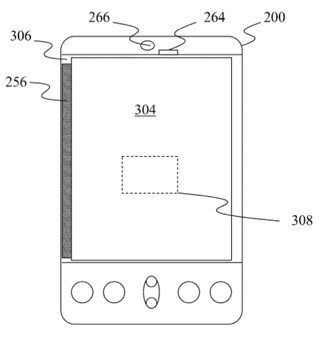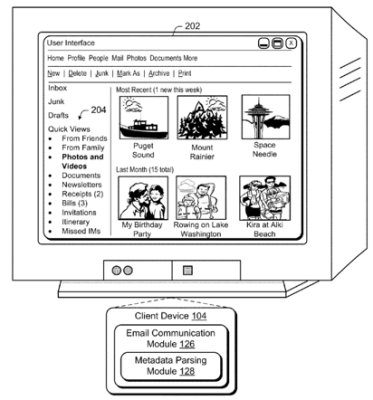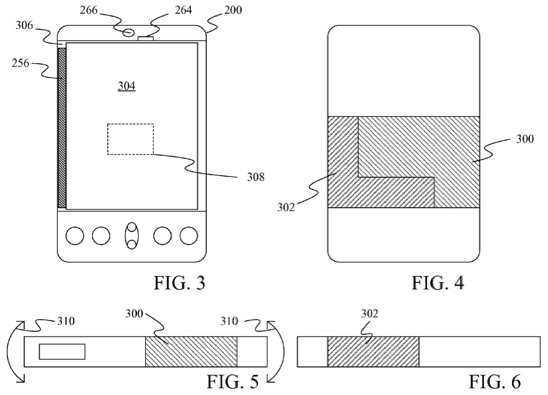Another batch of Microsoft patent applications have trickled into public view, and these ones may be even cooler than the last bunch. They describe “flinging gestures,” interaction with 3D virtual objects, and even throw it back a bit to describe a new email view format.
Let’s take a look, shall we?
Grasp Simulation Of A Virtual Object
Applied for back in April of 2010, this patent application outlines something strikingly similar to some of the technology we saw in Microsoft’s video portraying their version of the future. It describes user input on a 2D surface, which is then simulated as direct contact with a virtual 3D object. Said virtual 3D object is meant to move or be manipulated based on the user’s physical input.
In the video from this morning, users were able to input gestures without ever touching the device, as shown when the traveling businesswoman draws a heart into thin air, which is then translated onto the screen and relayed back to her kitchen wall. Perhaps this patent is a bridge between what we have now and Microsoft’s envisioned future, but either way I hope this one makes it to reality.
Changing Power Mode Based On Sensors In A Device
 The next patent application on our list was filed for much more recently — in July of this year — and is basically meant to make it easier for us to turn on handheld computing devices. You know, since pushing a button is too strenuous. The patent outlines a way to power on a device, whether it be a mobile phone or a tablet (or any computing device you can hold, really), by holding said device in portrait orientation.
The next patent application on our list was filed for much more recently — in July of this year — and is basically meant to make it easier for us to turn on handheld computing devices. You know, since pushing a button is too strenuous. The patent outlines a way to power on a device, whether it be a mobile phone or a tablet (or any computing device you can hold, really), by holding said device in portrait orientation.
The patent discusses certain specifications that must be met in order for the function to work, like the degree at which the device must be held, or the amount of time the device must be held that way before it powers on. We’re glad to see it, too, as it would be totally annoying for a tablet to turn on each time it was in portrait orientation. The patent also covers a device that can perform this magical portrait boot action, along with the method by which one would do so. Way to cover your bases, Microsoft.
Email Views
This April 2010 patent application is a bit old-school, or at least it feels that way compared to a day full of both lofty and modest future predictions. But it may make my least favorite mode of communication — and MG’s least favorite thing ever — just a bit more bearable.
The patent describes a way of formatting your email view into different categories, rather than a list of names and subjects. The system would interpret the content of emails, and filter them into certain categories, like from friends, from family, videos and images, documents, invitations, and missed IMs. From there, the user has multiple interface options through which they can view their inbox in varying layouts.
The technology described is in no way revolutionary — Google’s been combing your email content to target ads for years, and their Priority Inbox is pretty similar, too — but it may add a little “delight” to the email experience, which is something Microsoft seems to aim for.
Throwing Gestures For Mobile Devices
Don’t let the title of this patent application fool you — there will be no phone throwing over at Microsoft, or anywhere else hopefully. Applied for in July, the “Throwing Gestures” patent describes a way of jerking your phone around to perform certain actions, including switching from one image to the next and closing applications. Like the “Changing Power Modes Based On Sensors In A Device” patent, Microsoft has also included a device which would use this technology.
Unfortunately, Microsoft didn’t include any images of the actual flinging motion in its patent application, so that’ll have to be one for our imaginations to figure out. I imagine people walking down the street waving their phones around like they’re throwing frisbies, but I guess that’s no stranger than the masses of people now having conversations with their brand new iPhones.
Note that these are only applications and have not been granted as yet.
[via Microsoft-News]

